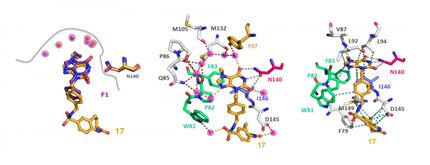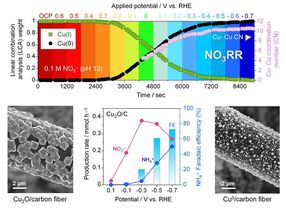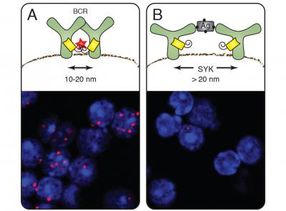Controlling the bonding/debonding of polymer systems
Advertisement
Controlling polymer debonding/rebonding properties using responsive materials is an exciting emerging area of chemistry and it is widely accepted that control of these properties can be achieved by engineering the functional end-groups responsible for monomer dynamic bonding. Scientists in Germany and Australia report that the control of the bonding/debonding properties in materials obtained by Diels–Alder reactions between difunctional polymeric building blocks can also be governed by entropy considerations such as chain length and branching of the building blocks. They have shown this theoretically and experimentally for two Diels–Alder polymer systems, each based on a different difunctional diene and a common difunctional dienophile.
This finding will help polymer and materials chemists transform the approach they take to designing reversibly/dynamically bonding materials and could aid the development of self-healing materials.
Other news from the department science
These products might interest you
Most read news
More news from our other portals
See the theme worlds for related content
Topic world Synthesis
Chemical synthesis is at the heart of modern chemistry and enables the targeted production of molecules with specific properties. By combining starting materials in defined reaction conditions, chemists can create a wide range of compounds, from simple molecules to complex active ingredients.

Topic world Synthesis
Chemical synthesis is at the heart of modern chemistry and enables the targeted production of molecules with specific properties. By combining starting materials in defined reaction conditions, chemists can create a wide range of compounds, from simple molecules to complex active ingredients.





























































